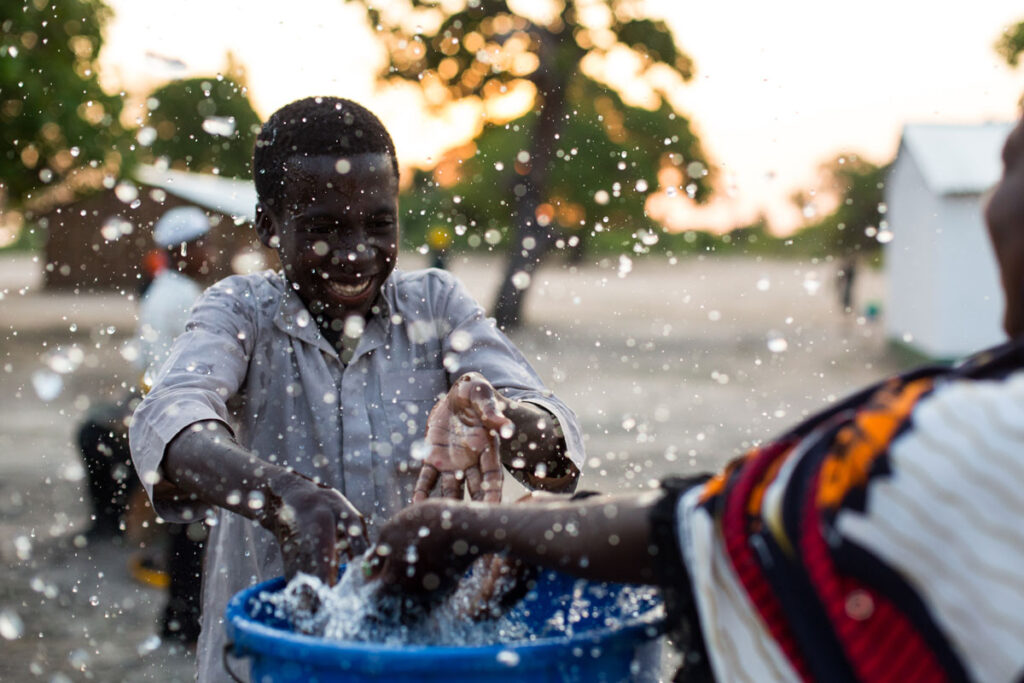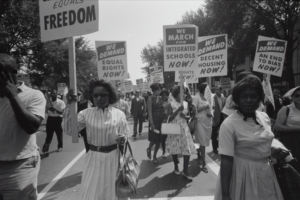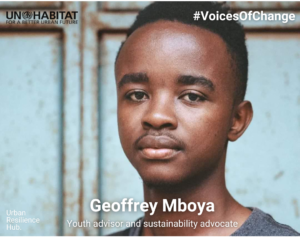The 2016 World Economic Forum Global Risks Report puts the impact of water crises as the number one global risk for the next decade. It is estimated that two billion people will be devastated by 2050, and four billion by 2080, if we continue with our current practices. Water is affecting 15% of the world’s GDP and 90% of the world’s disasters are water related.
It is through water that we feel the impact of climate change the most. Water quality defines our economic and societal prosperity. And water risks—too much or too little—define our societies’ vulnerability. Water is key for agricultural, food and energy production. Water is an urban matter, an asset if managed right, a severe risk if not. Global urbanization gives us growth, prosperity, emancipation and development opportunities, but climate change, sea level rise and increasing impacts of these risks put a lot of pressure on our cities, societies and citizens, and on our economy and ecology. With the world’s urban population increasing toward 75% in 2050, it is the cities where lives and assets are at severe risk if not developed resilient.
A transformative approach
To encounter future risks, impacts, and uncertainties, we need a transformative approach to serve vulnerable regions and worldwide sustainable development. Five aspects not only stand out, they are all connected and interdependent—one without the other will cause a failing approach.
Long-term planning coupled with short-term innovative projects
Regional and comprehensive research is a necessity to get a better understanding of risks, uncertainties, and strengths of our regions, cities, and communities. Long-term comprehensive planning is also vital for defining the right response and the ways forward to deal with this complexity. They need to be coupled with short-term innovative interventions that will withstand next year’s elections. These projects will inspire and kickstart replication. The connection between planning and projects is critical, otherwise plans are left on the shelves and projects will become incidents.
Public-private funding
Public-private partnerships, built on trust and mutual gains, need to be embedded in a process of transparency and accountability. Only then can we get to new ways of financing, matching public and private funding. The needed comprehensive long-term approaches must be addressed in evaluations and analyses to increase transparency and attract donors, both public and private. Monitoring and evaluation enable the loop back into existing structures to fix institutional mismatches and increase capacity, perform change, and thus, improve for better delivery towards next steps for resilience.
Coalition building and inclusive collaboration
Real change is cultural change and thus, starts in the hearts and minds of the people of the region. Matching up global talent with local talent, partners of all backgrounds, with both the best professional skills as well as specific regional ties and personal convictions is crucial.
Building institutional capacity
A comprehensive approach demands a critical level of institutional capacity for organizing the necessary inclusive processes, and building a coalition among public and private stakeholders that ensures accountability and transparency. Capacity and ownership to move this comprehensive approach towards sustainable implementation, built up from the start is key for successful transformation.
Design
And at the heart of this approach stands design. Design has the strength to identify opportunities and transform these into innovative examples. Design can connect the regional interdependencies with local needs, connecting people and place, making tactile what is envisioned, practical what is ambitious. Design is key for showing the added value of investments in a comprehensive way. Design is essential for the collaborative and inclusive process, building the alliance needed for critical change, not by trade-offs of interests, but by bridging gaps. Design bridges the gap between quality and safety, between local needs and political capacity, between regional interdependencies and community assets, between economy, society, and the environment. Design in that sense is both the ‘cultural’ process as well as the ‘economic’ outcome.
Change the world
The slowness of climate change causes a slow approach and a focus on response, not an approach of preparedness. But we have a choice to make! We can choose not to go slow and incremental but to step up, leap-frog and become transformative—in our approaches, in our collective actions, in our collaborations. We can choose to become transformative in creating facts on the ground with the capacity to change the world by overhauling the speed of climate change in the way we develop our cities, regions and nations.







